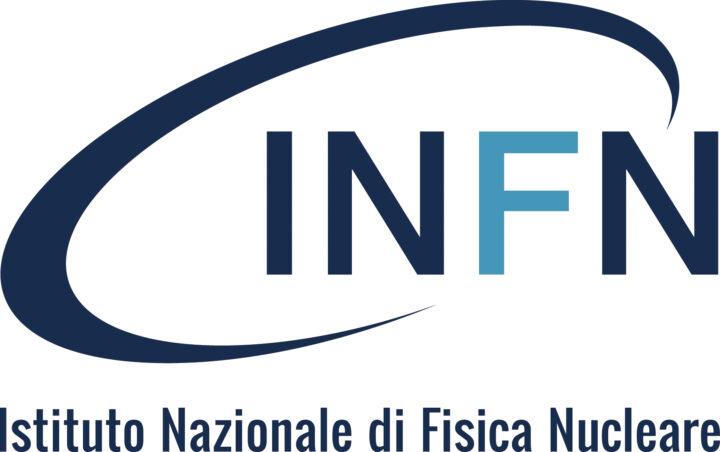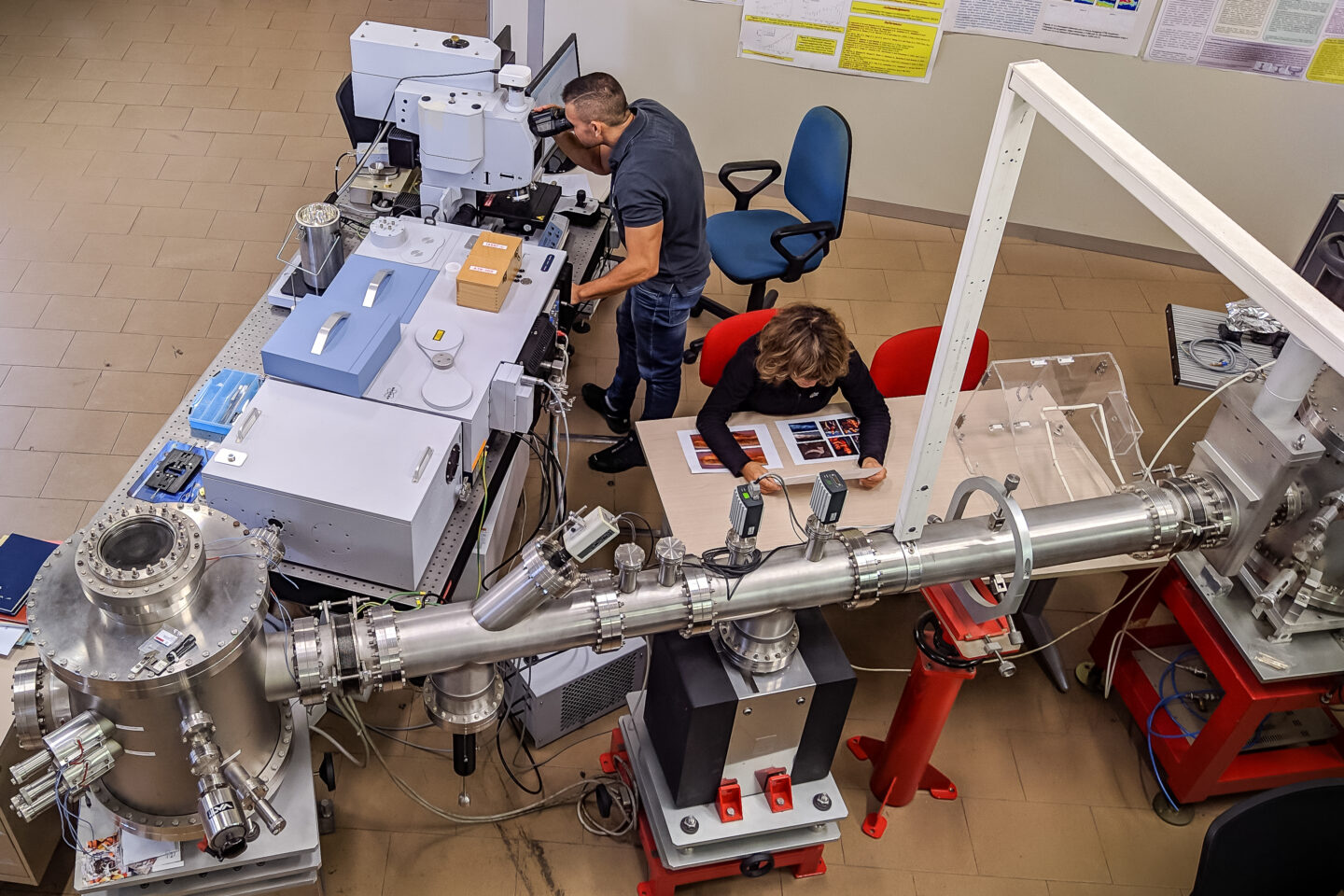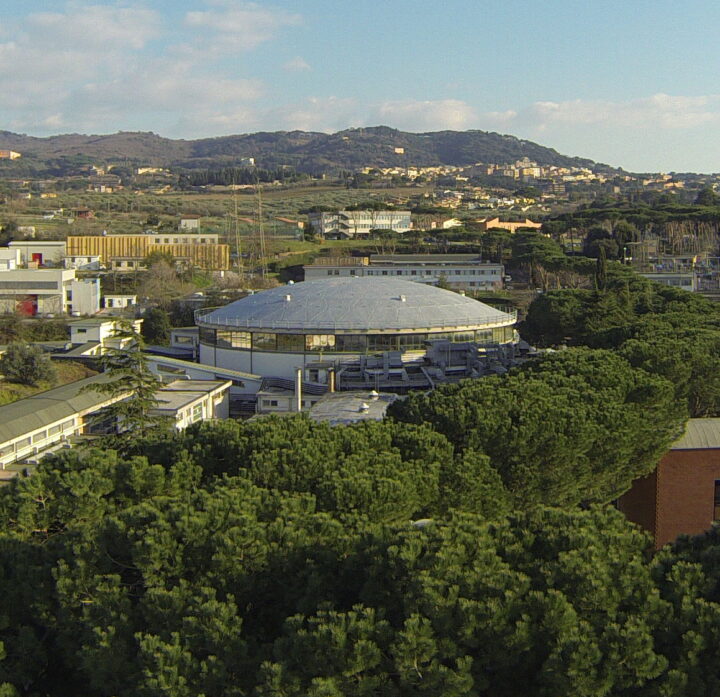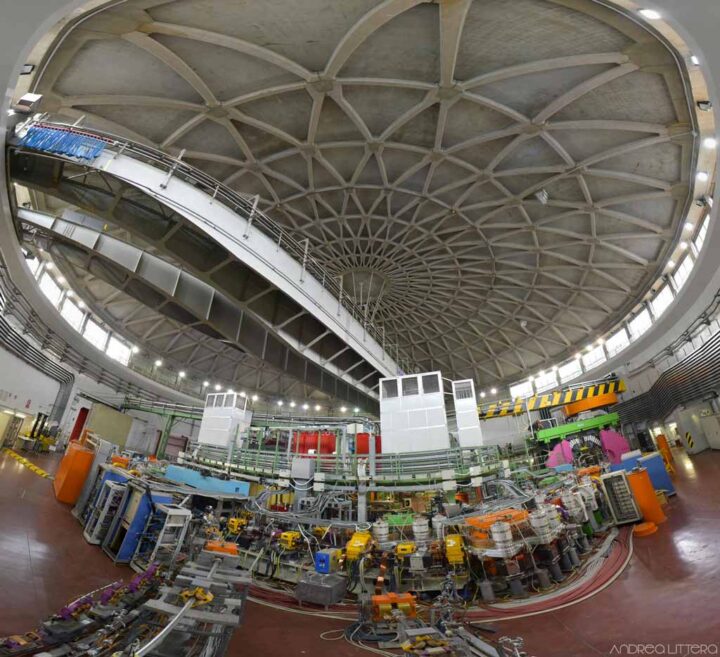INFN
Via Enrico Fermi 40
00044 Frascati (Roma)
Italy

About INFN
The National Institute for Nuclear Physics (INFN) is the Italian research agency dedicated to the study of the fundamental constituents of matter, that operates, at the Frascati National Laboratories (LNF), the DAFNE-Light and the SPARC_LAB facilities. The Frascati National Laboratories (LNF), founded in 1954, are the oldest and largest laboratories of INFN.
The LNF has also a longstanding tradition on using synchrotron radiation for interdisciplinary studies, developed over more than 10 years experience in the use, at the end of the high-energy physics program, of the electron-positron collider ADONE. After the phasing out of ADONE in 1993, the same infrastructure was used to host DAΦNE (Double Annular Φ-factory for Nice Experiments). DAΦNE is a high-luminosity, 0.51 GeV, e+e– collider, designed for a broad physics program. Because of its low energy and high current (higher than 1.5 A), DAΦNE provides very intense synchrotron radiation beams in the low energy region and especially in the infrared region (IR), where the extreme source intensity induces a large interdisciplinary interest from biological to geological applications.
DAΦNE-Light is the Synchrotron Radiation Facility of the Frascati National Laboratories that with five beamlines covers the energy range going from infrared to soft x-rays. Two of these beam-lines, the soft X-ray and the UV one use as synchrotron radiation source one of the DANE wiggler magnets, while the other three beam-lines, IR and XUV, collect the radiation from bending magnets. DAFNE-Light is a material science facility but also a laboratory where it is possible to test new detectors and optics, for different applications, in a wide low energy range.
Concerning new radiation sources and advanced accelerators concepts, the LNF laboratory has developed also the SPARC_LAB (Sorgente Pulsata Auto-amplificata di Radiazione Coerente) test facility. This facility is based on the combination of high brightness electron beams, from the SPARC photo-injector, with high-intensity ultra-short laser pulses, from FLAME. These features, and in particular an energy per pulse up to 40 μJ and a pulse duration shorter than 100 fs rms, make the SPARC_LAB THz source an appealing source for nonlinear THz spectroscopy


